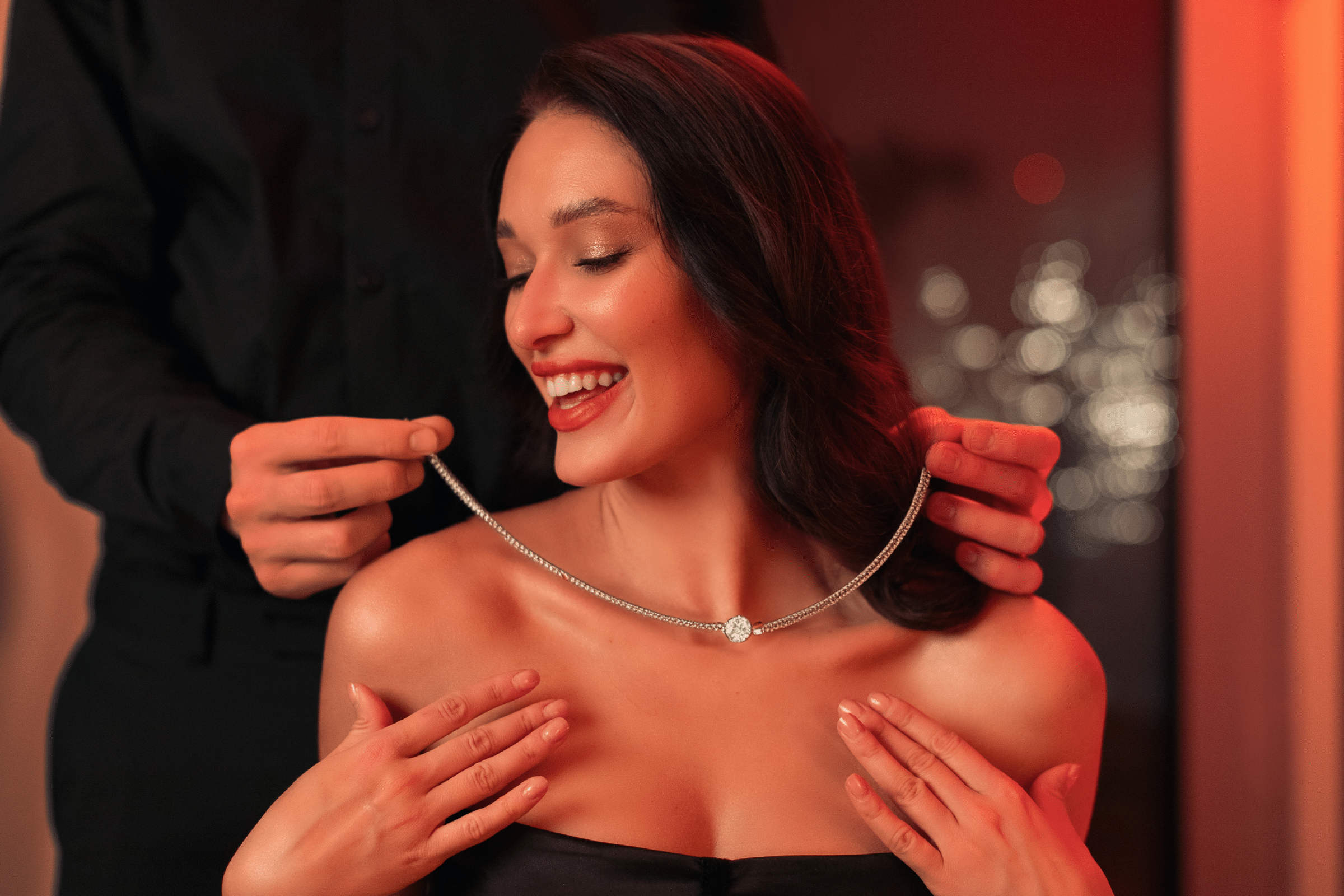When people feel heard, they begin revealing more of who they actually are.
A helpful guide on the do’s and don’ts to make a casual experience respectful, safe, and enjoyable.
Many high-achieving professionals experience a surprising confidence gap between their work life and their personal life.
Lust and love might seem similar on the surface, but they're not the same.
Love may not have a price tag, but many Americans find themselves opening their wallets to show they care.
By breaking free from hyperindependence, you can build connections that are stronger.
The road to real, lasting love can be filled with heartbreak, pain, and doubt.
Dating in the high-net-worth and ultra-successful world, has its own rhythm, codes, and expectations.
Let’s not pretend that relationships are embarrassing. They’re not.










